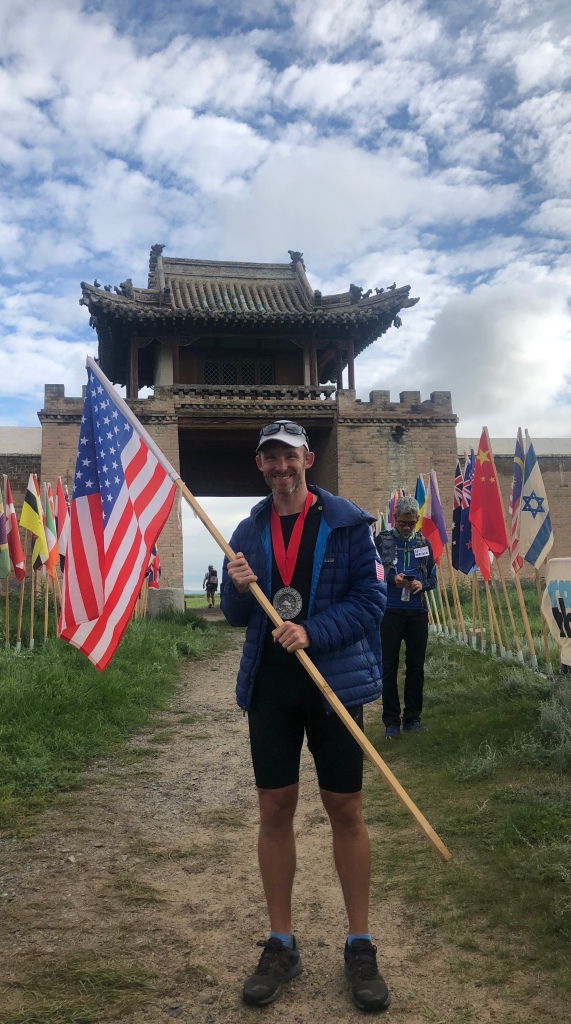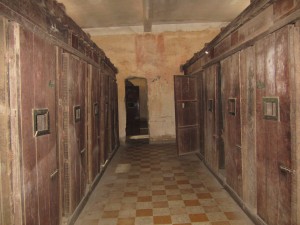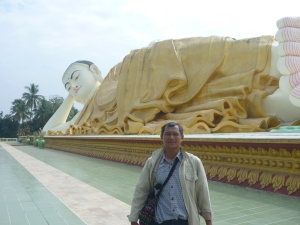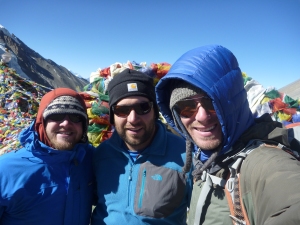One of the reasons that WeWork has been so successful since inception, in my belief, is the employees deep belief in the mission statement and core values of the company. WeWork’s mission is to help members create a life, not just a living. We do this by following the core values of the company: Authentic, Entrepreneurial, Grateful, Inspired, Together and Tenacious.
Having a very clear mission statement for a company allows it to create an actionable plan to achieve that mission. I have spoken about this mission and these values every day of my life for the past 7 years. I have them memorized more clearly than family members’ birthdays and important dates in my own life. If you go to the website of any successful company, you can find a page that lists their mission statement and values. Companies like Airbnb, which seems to be a booking tool at face value, have much broader missions than you may guess. Their mission is to create a world where anyone can belong anywhere, providing healthy travel that is local, authentic, diverse, inclusive and sustainable. Now that sounds bold.
Human beings are like companies in many ways. As a company wants to achieve certain things to achieve success, people want to do the same. So why don’t each of us have a personal mission statement? How do we know what we are striving to achieve when we don’t know what our mission on this planet is? Most people move through life without knowing, or even thinking about, what they are actually striving for. It’s the equivalent of starting a business without a problem statement you are trying to solve for. Just as a business can’t be successful without a clear north star, a person can’t optimize their life if they don’t know what they are optimizing for.
Over the past few months, I’ve researched personal mission statements, read those of others, and thought about what mine would look like. I felt so strongly about having one that I asked every person on our 400 person team in India to submit their personal mission statement, so they could continually iterate on it as they grew as humans.
As I thought more and more about what my mission was, I realized that one’s mission is most often tied to what they think the purpose of human life is. Is it about each person maximizing for material goods? Is it about each person maximizing for their own version of happiness? Is it about each person maximizing the happiness of others? Based on what one believes the purpose of our time on earth is, their mission statement is normally connected to that in some way.
For me, the purpose of life is for each of us to push the human race forward in our own little way. In my mind, the best chance each of us have to accomplish this is by finding our passion and pursuing it with zeal. When I’m pursuing the things I am most passionate about, I’m the happiest and I’m making the biggest impact.
After spending a lot of time thinking about the what my version of what the hell we are all supposed to be doing here, I settled on this for my mission statement:
My mission is to find happiness and create impact across three tenets of life: family and social connections, mental and physical health, and my life’s work.
I’m confident that if I can put an actionable plan in place to execute on this mission, I’ll be able to kick that stone we call humanity an inch forward by the time my life is up.
So how do we figure out what we are passionate about to find that happiness? Well, it normally takes a lot of work and trial and error to figure out.
WeWork’s Co-President Jen Berrent came to India a few months back and talked about her personal mission statement. Her and I did a Q&A in front of the team, and I asked her which of the six core values mentioned above she most closely resonated with. Upon answering, she threw the ball back in my court and asked me which I connected with. Slightly caught off guard, I thought about it for a minute and responded with the core value of “Together”, because one of the things I enjoy the most is building teams of people and striving towards a common purpose. As the weeks passed after she left, I thought more and more about my personal mission and about what really makes me happy. And what I realized was this:
I LOVE TO WIN.
Yes, that sounds like a cocky, type A thing to say. But I love to win for very specific reasons that have nothing to do with beating your opponent. Someone recently asked me what the greatest moments of my life have been, which is kind of a ridiculous question. But when I actually thought about it, the moments that stood out were the ones in which I won something with a group of people I cared about. Whether it was winning a big football game growing up, or hitting a big goal at work, there is no better feeling in the world than winning with people you love when you have put your heart and soul into something. If you watch a team win a championship, the first thing they do is look towards their teammates, and embrace one another. It’s very rarely about the competitor on the other side of the line. Whether it’s sports, business or family; working hard and winning together is one of the best feelings in the world.
This weekend, as we celebrate Easter and the beginning of spring in many places around the world, think about what your personal mission statement is and jot down some notes… what you find may surprise you.















